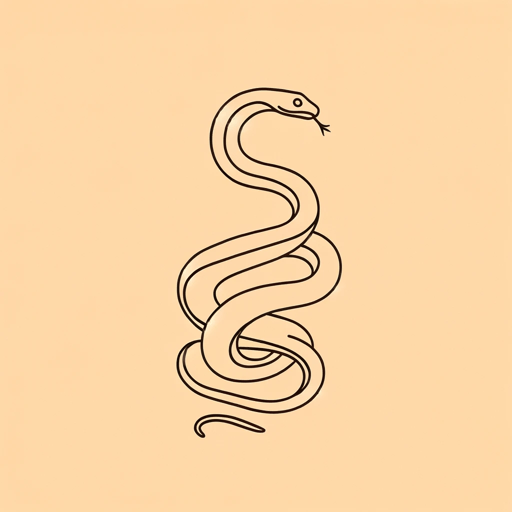46 pages • 1 hour read
Arthur Conan DoyleA Study in Scarlet
Fiction | Novel | Adult | Published in 1887A modern alternative to SparkNotes and CliffsNotes, SuperSummary offers high-quality Study Guides with detailed chapter summaries and analysis of major themes, characters, and more.
Symbols & Motifs
The Violin
Holmes is extremely accomplished on the violin. However, when alone, Holmes rarely plays distinguishable songs, and instead only seems to “scrape carelessly at the fiddle which [is] thrown across his knee” (14-15). Because he is able to play beautifully, but often chooses not to, Holmes’s relationship to the violin symbolizes his contradictory nature. He is magnetic—Watson loves to listen to him talk and wants to know everything about him—but he is also incredibly abrasive; thus, on the violin, he can perform for Watson, but mostly produces dissonant noise. He knows everything about crime-related topics, yet eschews common knowledge; so too on the violin, while he knows popular and classical music, he is not drawn to imitating it. Finally, he often works tirelessly from dawn until late at night, but has stretches of torpor; similarly, his skill on the violin clearly took years of dedicated practice, but he ignores this expended effort when plinking the strings aimlessly.
Holmes’s discordant use of the violin reflects his attempts to weave together the multitude of tangled threads of a crime, organizing the seemingly disconnected clues into a coherent and patterned whole. The violin, and Holmes love of classical music more broadly, connects to his methodical, mathematical way of thinking—music is a highly structured and algorithmically designed art form, which accords with Holmes’s approach to the rest of the world.
Related Titles
By Arthur Conan Doyle

A Case Of Identity
Arthur Conan Doyle

A Scandal in Bohemia
Arthur Conan Doyle

His Last Bow
Arthur Conan Doyle

The Adventure of the Speckled Band
Arthur Conan Doyle

The Adventures of Sherlock Holmes
Arthur Conan Doyle

The Hound of the Baskervilles
Arthur Conan Doyle

The Lost World
Arthur Conan Doyle

The Sign of the Four
Arthur Conan Doyle

The Valley of Fear
Arthur Conan Doyle

